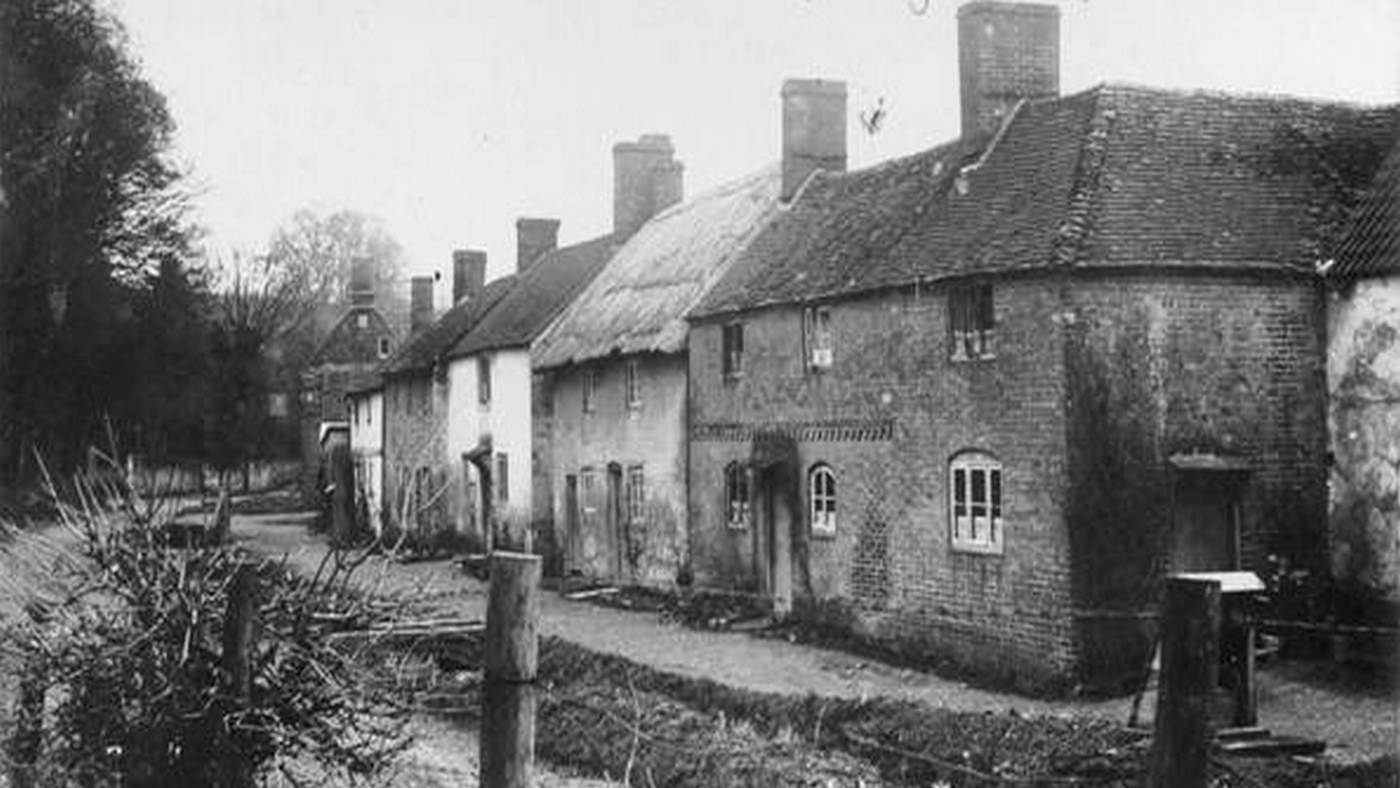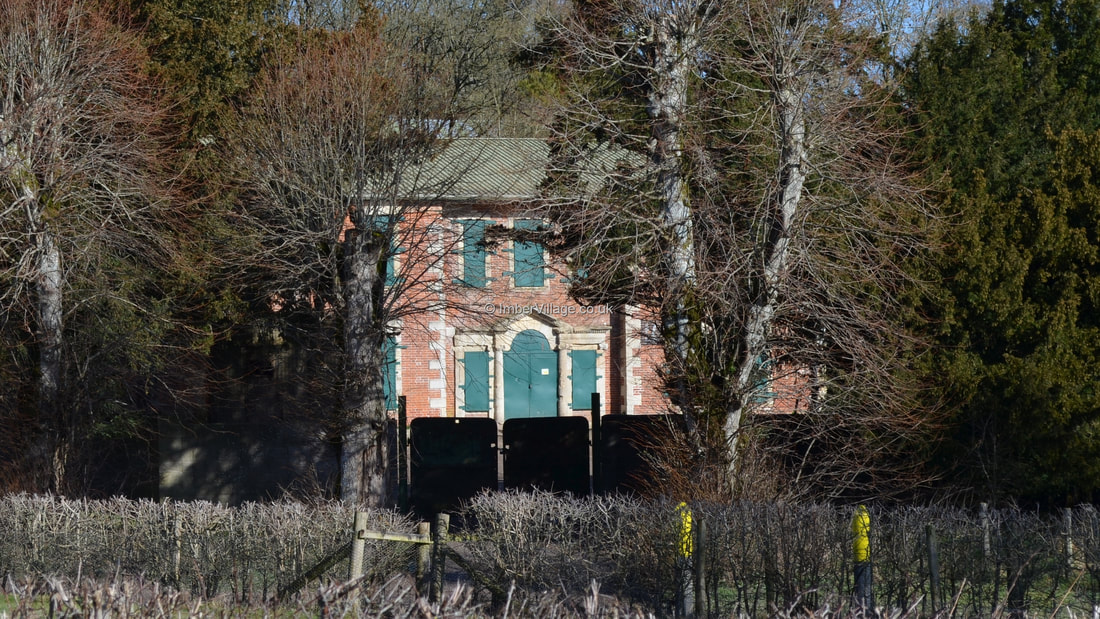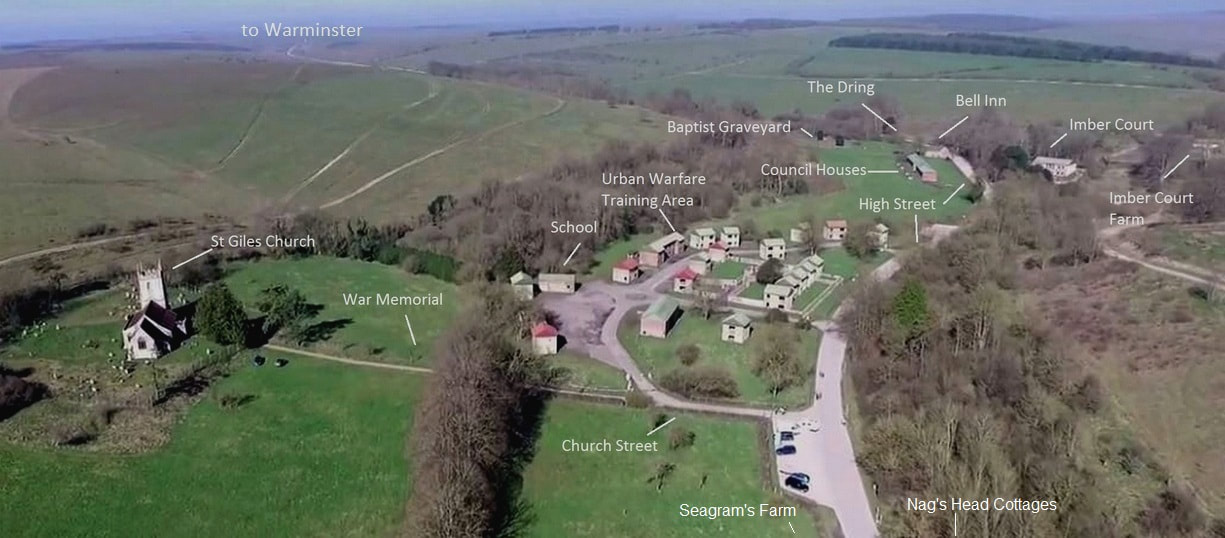Discover The 'Lost' Village Of Imber, & Salisbury Plain, Wiltshire...
THE ROADS THROUGH IMBER ARE NEXT DUE TO BE OPEN OVER EASTER WEEKEND
St Giles Church is due to open to visitors from Good Friday 7th April to Easter Sunday 9th April, inclusive, between 11am to 4pm. On Easter Monday 10th April the church plans to open at 10am and close at 3pm.
The latest access information for roads through Imber can be confirmed nearer the time on the SPTA Walks Line: (01980) 674763.
ImberVillage.co.uk does not manage the village and advises visitors to adhere to all safety advice when there.
ImberVillage.co.uk does not manage the village and advises visitors to adhere to all safety advice when there.
 Charlie White and John Cruse
Charlie White and John Cruse
ImberVillage.co.uk pays tribute to the remarkable people who lived in the 'lost' village of Imber, on Salisbury Plain, in Wiltshire, and who were never allowed to return, as well as to those who now run the survivng church of Imber, St Giles, and to those who also continue to keep the story alive in print.
Given nowhere else to go to Imber's villagers were 'liberated' of their homes in 1943, with just 47 days notice, to make way for American troops to train for the liberation of Europe during World War II. With foresight the Ministry of Defence, as it is now called, had before the war bought up the farms and even much of the village itself to make Salisbury Plain in Wiltshire the largest military training ground in the United Kingdom. Thus the villagers were 'just' tenants, so were easily made to vacate their homes and livelihoods, but as they understood it only until the war ended. Shortly before the war began council houses, which can still be seen there, were built at Imber, a sure sign that neither the council nor the villagers, maybe not even the MOD (as it is called today), expected the village to be permanently taken over. However Salisbury Plain remains, even today, too useful a training ground, so the villagers were never allowed back. Even for visitors the road through Imber village is rarely open, even less often now that the MOD is concerned about the safety of visitors who ignore the warning signs not to, and enter at risk old and new buildings now just, apart from the church, used for urban warfare training.
Photographs here on ImberVillage.co.uk show what the village looked like, more of its history, and offer an online tour of Imber. The website is published and funded by a resident of the local town of Warminster.
Given nowhere else to go to Imber's villagers were 'liberated' of their homes in 1943, with just 47 days notice, to make way for American troops to train for the liberation of Europe during World War II. With foresight the Ministry of Defence, as it is now called, had before the war bought up the farms and even much of the village itself to make Salisbury Plain in Wiltshire the largest military training ground in the United Kingdom. Thus the villagers were 'just' tenants, so were easily made to vacate their homes and livelihoods, but as they understood it only until the war ended. Shortly before the war began council houses, which can still be seen there, were built at Imber, a sure sign that neither the council nor the villagers, maybe not even the MOD (as it is called today), expected the village to be permanently taken over. However Salisbury Plain remains, even today, too useful a training ground, so the villagers were never allowed back. Even for visitors the road through Imber village is rarely open, even less often now that the MOD is concerned about the safety of visitors who ignore the warning signs not to, and enter at risk old and new buildings now just, apart from the church, used for urban warfare training.
Photographs here on ImberVillage.co.uk show what the village looked like, more of its history, and offer an online tour of Imber. The website is published and funded by a resident of the local town of Warminster.
This website uses marketing and tracking technologies. Opting out of this will opt you out of all cookies, except for those needed to run the website. Note that some products may not work as well without tracking cookies.
Opt Out of Cookies






